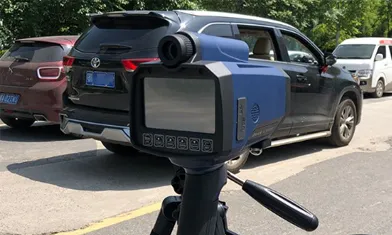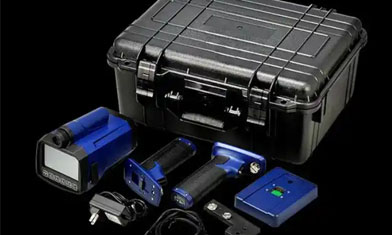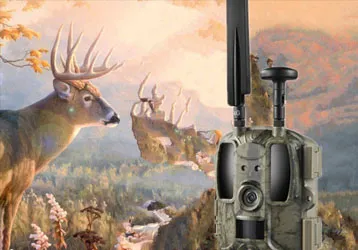Popularization Of Common Parameters Of Onick Telescopes In Simple Terms
A telescope is a visual optical instrument used to observe distant objects. It can magnify small distant objects at a certain magnification, making objects that are previously invisible or indistinguishable to the naked eye clearly discernible. Therefore, a telescope is an indispensable tool for astronomical and terrestrial observations. It is an optical system that uses an objective lens and an eyepiece to maintain the parallel nature of incoming light beams. Understanding a telescope begins with its most basic and common technical specifications.
1. Magnification
The magnification of a telescope is generally indicated by the ratio of the eyepiece angle of view to the objective lens angle of incidence, but it is often calculated as the ratio of the objective lens focal length to the eyepiece focal length. This indicates how close the telescope brings the scene. 7-10x is generally most suitable for handheld telescopes, but for specialized applications, 10-16x magnification is also available, such as the Onick VISTAS 12x50, designed for long-distance power line inspection. Military telescopes generally have a 7x magnification, such as the Onick SCOUT 7510, a 7x50 military telescope. For sightseeing birdwatching, an 8-10x magnification telescope is suitable, such as the Onick EYESKY 8x42. This means that the effect of viewing a scene 1000 meters away with this telescope is the same as that of viewing the scene with the naked eye at a distance of 100 meters without a telescope.

2. Field of View
The field of view is expressed as the area visible at 1000 meters. For example, 113m/1000m means that at a distance of 1000 meters, the telescope can observe an area of 113 meters. The larger the magnification, the smaller the field of view.
3. Exit Pupil Diameter
The exit pupil diameter, also known as the pupil diameter, is the diameter of the bright spot formed behind the eyepiece after light is focused through it. It is also a parameter that roughly describes the brightness of the image. In low-light conditions, a larger exit pupil diameter produces a clearer image. Under normal physiological conditions, the human pupil does not exceed 7mm, so an exit pupil diameter larger than 7mm is inadvertently a waste of light. This parameter does not fully reflect the quality of a telescope; as long as it meets the manufacturer's specifications, it can be achieved numerically. However, a larger exit pupil diameter has another advantage: it is more suitable for use in rough conditions, and the observation image is more stable. Therefore, telescopes with specifications such as 7x50 are often used at sea. This value can be calculated by dividing the objective lens diameter by the magnification.

The formula for calculating the exit pupil diameter is: p = D / M (where p represents the exit pupil diameter, D represents the objective lens diameter, and M represents the magnification).
4. Exit pupil distance
The exit pupil distance is the distance between the eye and the last lens of the eyepiece required to clearly see the entire field of view. It is related to the magnification, the number of lenses, the focal length and field of view of the objective lens, and the structure and focal length of the eyepiece. Generally speaking, higher-power telescopes have smaller exit pupil distances. A sufficiently large exit pupil diameter ensures that the telescope can be used while wearing a gas mask or glasses. The exit pupil distance is determined during telescope design. An exit pupil distance less than 8 mm reduces observation comfort. Those who wear glasses should consider opting for telescopes with a long exit pupil distance of 14 to 20 mm. All Onick telescopes meet this requirement.

5. DCF, UCF, and PCF
DCF, UCF, and PCF are commonly used designations for telescope models. DCF refers to a straight-tube telescope using a Pechan prism. UCF refers to a small telescope using a Porro prism, often called a "Little Porro," with an inverted prism structure. PCF refers to a large telescope using a Porro prism, often called a "Big Porro." The Onick TRAVELER telescope currently uses a DCF Pechan prism.
6. Coating
Lens coating prevents the hazy, white-out effect caused by stray light reflecting off the lens. It also suppresses reflections, increases light transmittance, and enhances color contrast and vividness, improving observation quality. Generally, the more layers of coating, the deeper, and thicker the coating, the better the viewing effect and the higher the brightness. The coating color depends on the optical material and design requirements. Blue, red, and green are the most commonly used.
Blue coating is a traditional coating, typically a single layer of magnesium fluoride antireflection coating. Its antireflection effect is best in the red region, while it reflects more light in the blue region (resulting in a pale blue or lavender appearance). This characteristic can cause the final image to have a reddish tint and slight color distortion. Relatively speaking, blue-coated objective lenses are less likely to be counterfeited due to their low counterfeiting potential.
Red coating appeared in the first half of the last century. Many believe that red coating is superior to blue coating. Currently, many binoculars on the market have highly reflective, shiny red coatings. Some vendors call these coatings "infrared" or "ruby coatings," and then claim they are all-weather infrared night vision binoculars capable of nighttime observation. Please do not be fooled. True infrared night vision devices use photoelectric tubes for imaging, which are completely different from telescopes in terms of structure and principle. They cannot be used during the day and require a power source for observation.
Green coating is a multi-layer coating system. Its antireflection effect is relatively uniform across the entire visible light wavelength range, resulting in more realistic and natural colors. However, due to the widespread publicity surrounding green films, a variety of fake green films have emerged on the market. These fake green films are characterized by their vibrant green color and strong reflectivity, making them appear "dazzling." However, little is known about the fact that these "dazzling" reflections are actually meant to pass through the coating and objective lens to reach the human eye. The stronger the reflection, the less effective light transmission. Onick telescopes use a multi-layer, broadband green film with high transmittance and realistic imaging.
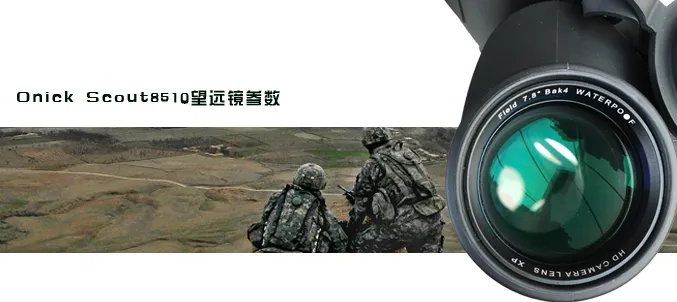
7. Prisms
A prism is a polyhedron made of transparent materials (such as glass and crystal). It is widely used in optical instruments. Prisms can be divided into several types based on their properties and uses. Prisms play many different roles in optics. In many optical instruments, prisms are often used to fold the light path to reduce the system size. These prisms are also free of dispersion. Telescope prism systems fall into two main categories: Porro prisms (Porro lenses) and roof prisms. Roof prisms make telescopes compact, with sharp mid-range and near-range images, center focus, and precise static images. Porro prisms offer no need for focus adjustment, excellent lighting, a wide depth of field, excellent dynamic tracking, a high cost-effectiveness, and increased durability. Roof prisms are generally more expensive than Porro prisms. Military telescopes often use Porro prisms. The Onick Voyager, Sky Eye, and Extreme Vision series all use roof prisms (except for the Extreme Vision series with a 50mm objective lens, which uses a Porro prism). The Scout series also uses Porro prisms.
8. The Difference Between BKA4 and BK7
These are the materials used to make up the prisms. BK7 is known as general optical glass (borosilicate glass). BAK4 has a higher refractive index than BK7 (barium chromate glass) and is more expensive, so it is used in higher-end Porro prism binoculars. All Onick telescopes use the BAK4 prism system.
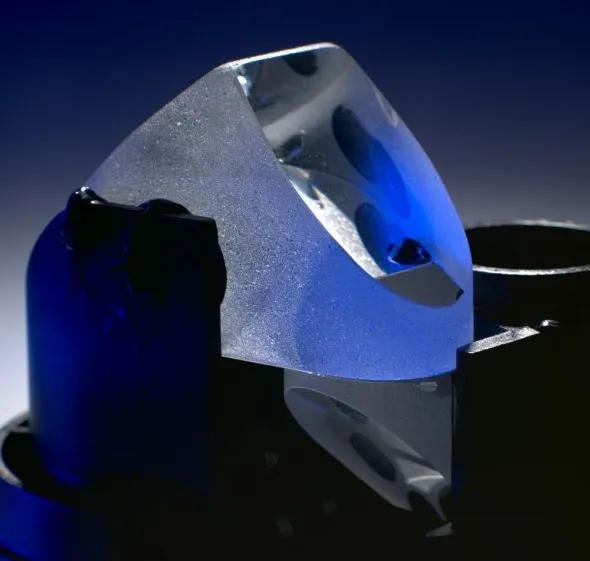
9. Summary
After reading this telescope knowledge guide, do you still believe that higher technical parameter numbers are better? Of course not. Magnification is inversely proportional to field of view: the greater the magnification, the narrower the field of view, which is detrimental to searching. A larger objective lens allows more light in, resulting in greater resolution in low-light conditions. However, this inevitably increases the size of the telescope, making it less portable.
